The forest sitatunga (Tragelaphus spekii gratus) is a secretive spiral‑horned antelope adapted to the flooded forests and marshes of Central Africa. Its elongated hooves and shaggy oily coat allow it to navigate swampy terrain, and mature males carry spiral horns while females are chestnut without horns. Because it inhabits dense rainforest in Cameroon and the Central African Republic, sightings are rare; the promise of stalking such an elusive antelope draws hunters willing to brave remote jungles.

Hunting forest sitatunga is a physical undertaking. Camps are deep in the southeastern rainforests, and guides employ local Pygmy trackers to follow fresh spoor along marshy trail. Stalks often require getting within 10 yards due to the dense cover, and once a sitatunga is located, trained dogs are released to circle the animal and bark so the hunter can approach for a clear shot. Hunts may also involve waiting at swampy clearings or salt licks, but moving quietly through the jungle is usually the key to success.
Forest sitatunga hunts are strictly controlled by West‑Central African governments. Cameroon divides its lands into Zone d’Intérêt Cynégétique (ZICs) and community‑managed ZICGCs where hunters must hold licences and abide by quotas. Trophy fees are shared with local communities, funding schools and clinics and encouraging residents to protect wildlife. The hunting season in Cameroon’s rainforest runs roughly from mid‑March through July when tracking conditions are favourable and rains dampen the forest floor, helping to preserve spoor. Regulated hunts thus support both conservation and rural livelihoods.
Forest sitatunga seldom venture far from water; they feed on aquatic plants and often submerge themselves when threatened. Their elongated splayed hooves leave distinctive tracks and allow them to walk on floating vegetation. Because hunting areas border remote reserves, hunters may encounter gorillas and other primates during a safari. The sitatunga is part of the broader sitatunga species complex, and other subspecies inhabit swamps across Central and East Africa, but the forest variety is prized for its darker coat and larger horns.
Forest Sitatunga can be found in the following location:
Forest Sitatunga has the following variations:
- (Varieties to be confirmed)
Start Your Adventure



